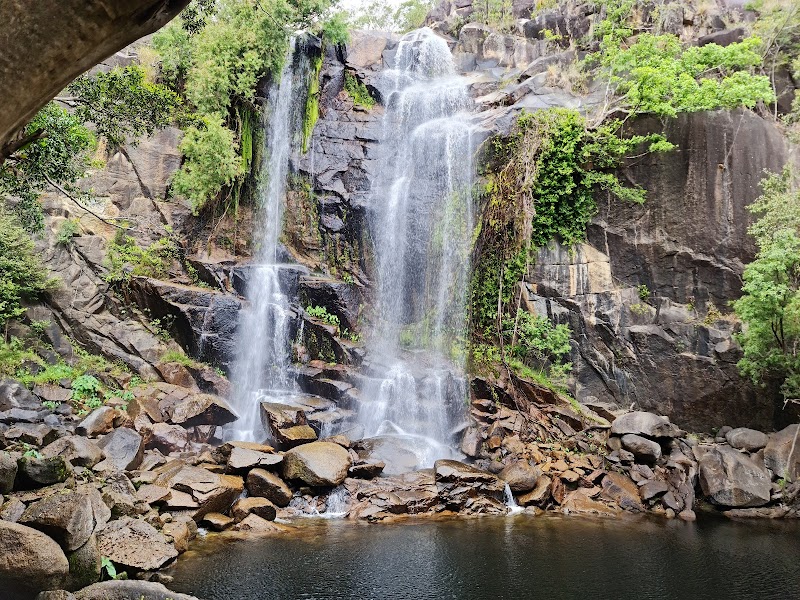
Ngalba Bulal National Park Adventures
Ngalba Bulal National Park in Queensland, Australia, protects rich rainforest ecosystems and culturally significant sites, offering immersive hiking, cultural experiences, and rare wildlife observation opportunities.
About Ngalba Bulal National Park

Ngalba Bulal National Park, located in Far North Queensland near the town of Wujal Wujal, spans a lush tropical rainforest region within the Wet Tropics World Heritage Area. The park is part of the traditional lands of the Eastern Kuku Yalanji people and holds deep cultural significance, reflected in its name meaning “many waterfalls” in their language. The park encompasses dense forests, steep gorges, cascading waterfalls, and crystal-clear rivers, showcasing pristine natural beauty and diverse habitats. These ecosystems support numerous rare and threatened species including the southern cassowary and several endemic frogs. Visitors are drawn to the park for its walking trails that pass through rainforest valleys and along scenic riverbanks, as well as for opportunities to witness Aboriginal cultural heritage through guided tours and storytelling. Key landmarks include the Wujal Wujal Falls, a spectacular double waterfall system accessible to visitors, and the Bloomfield River with its rich biodiversity. The park offers both day hikes and multi-day camping options in remote sections, attracting nature enthusiasts and wildlife photographers. Access to the park involves crossing the iconic Bloomfield Track, a rugged route suitable for 4WD vehicles. The combination of natural beauty, Indigenous culture, and outdoor adventure makes Ngalba Bulal National Park a unique protected place that showcases Queensland’s tropical wilderness.
Highlights
Wujal Wujal Falls – a spectacular double waterfall with swimming pools
Habitat of the endangered southern cassowary, a rare and iconic bird
Cultural tours led by Aboriginal guides sharing Eastern Kuku Yalanji stories
Bloomfield River gorge, known for its crystal-clear waters and unique fish species
Notable Natural Features
Wujal Wujal Falls
A stunning double waterfall on the Bloomfield River offering swimming spots and dramatic views.
Southern Cassowary Habitat
Dense rainforest areas provide critical habitat for this large flightless bird, known for its striking blue and black plumage.
Bloomfield River
A clear, fast-flowing river supporting rare fish species and significant cultural sites along its banks.
